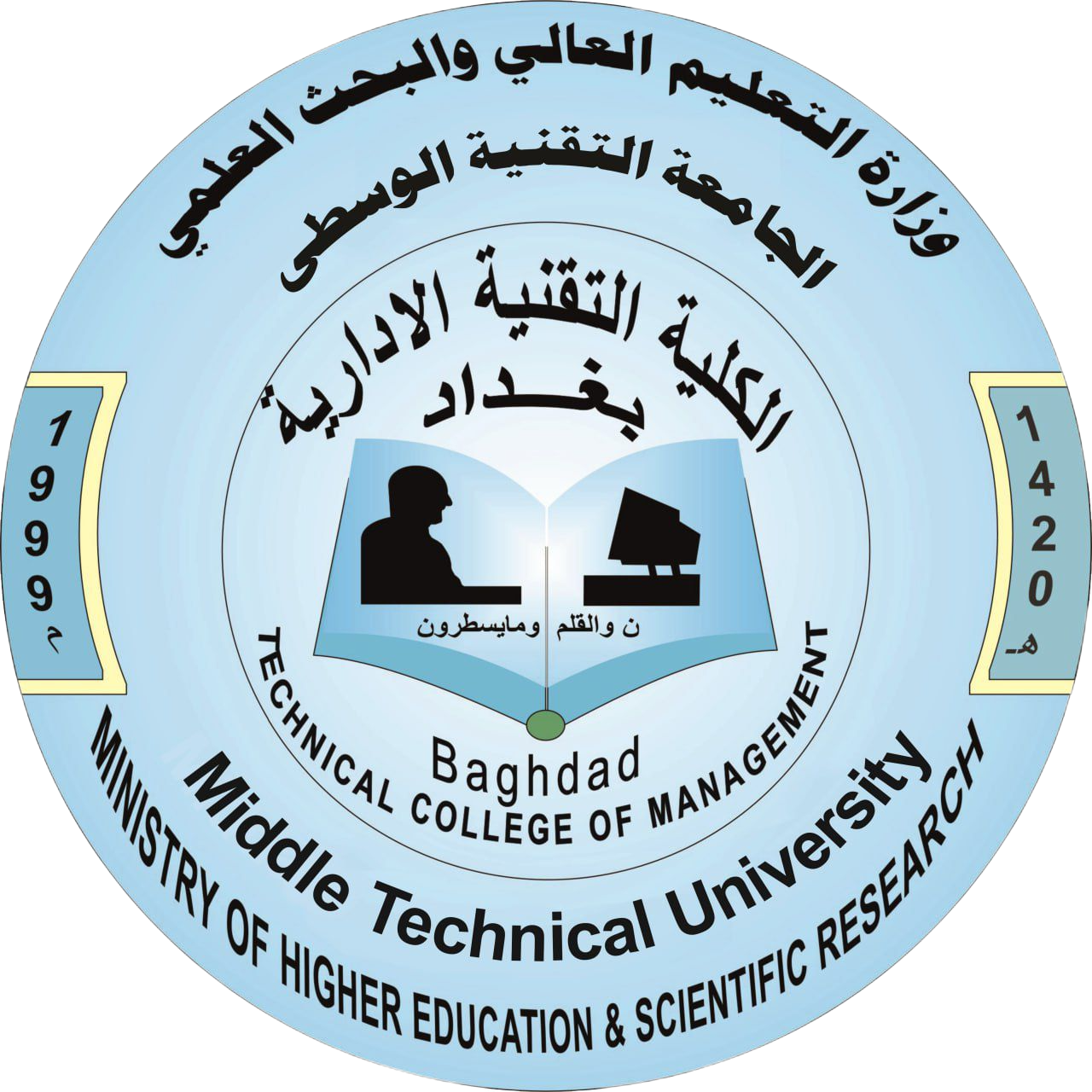Peer Review Process
PEER REVIEW PROCESS
The peer review process followed by TJMS can be summarized as follows:
1. Submission of Paper:
The corresponding or submitting author submits the paper to the journal, typically through an online system such as OJS.
2. Editorial Office Assessment:
The journal's editorial office evaluates the paper's compliance with the Author Guidelines, ensuring that it includes all the required sections and adheres to the prescribed style. At this stage, the quality of the paper is not assessed.
3. Appraisal by the Editor-in-Chief (EIC) and Editorial Board Members:
The Editor-in-Chief assigns the submitted articles to editorial board members who possess expertise in the relevant subject matter. The EIC and board members evaluate whether the paper aligns with the journal's scope, possesses sufficient originality and interest. If deemed unsuitable, the paper may be rejected without further review.
4. Invitation to Reviewers:
The Editor-in-Chief sends invitations to potential reviewers who are believed to possess the appropriate expertise. Additional invitations are issued as needed until the required number of reviewers (usually three) accept the invitation.
5. Response to Invitations:
Invited reviewers evaluate the invitation considering their expertise, potential conflicts of interest, and availability. They may accept or decline the invitation. If declining, they may suggest alternative reviewers if possible.
6. Review Process:
The peer review process typically involves an exchange between the Chief Editor and the reviewers. Reviewers carefully read the paper and provide individual critiques, usually within a four-week timeframe. During the review, reviewers:
- Comment on the scientific validity, identifying any scientific errors and evaluating the design and methodology employed.
- Assess the significance of the findings and their importance in the field.
- Evaluate the originality of the work by assessing its contribution to advancing the field.
- Identify any missing or inaccurate references.
- Recommend acceptance, rejection, or revision of the paper. While editors are not bound to follow these recommendations, they are usually considered.
Reviewers then submit their reviews to the journal, along with their recommendation to accept, reject, or request revisions (either major or minor) before reconsideration.
7. Journal Evaluation of Reviews:
The Chief Editor evaluates all the returned reviews, taking into account any contradictory results. In some cases, an additional reviewer may be consulted to provide further opinions.
8. Communication of Decision:
The Editor communicates the decision to the author via email, including relevant reviewer comments. Whether the reviewer comments are anonymous or not depends on the journal's peer review policy.
9. Final Steps:
If the paper is accepted, it proceeds to the production stage. If the article is rejected or requires revision, the handling editor provides constructive comments from the reviewers to help the author improve the article. Reviewers are also informed of the outcome of their review via email or letter. In the case of revision, reviewers may receive a revised version of the paper unless they have chosen not to participate further. Minor revisions may be reviewed by the handling editor.







